Inside Other Spaces
Environments by Women Artists 1956–1976
08 Oct 2023 - 10 Mar 2024
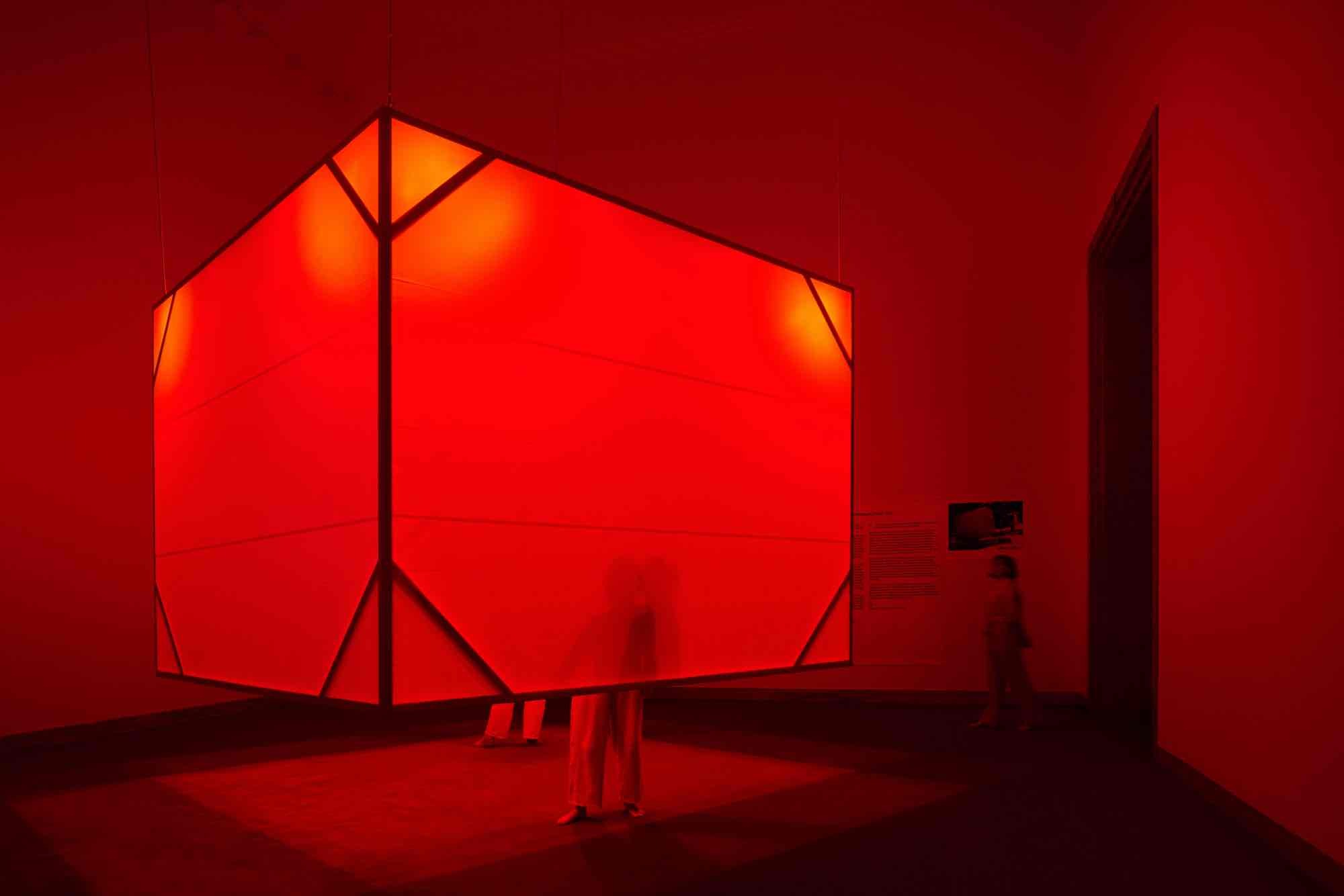
Inside Other Spaces. Environments by Women Artsits 1956–1976 Tsuruko Yamazaki: 赤(蚊帳状立体作品) (Red (Shape of Mosquito Net)), 1956 | Installation view Haus der Kunst, 2023
Photo: Agostino Osio
Photo: Agostino Osio
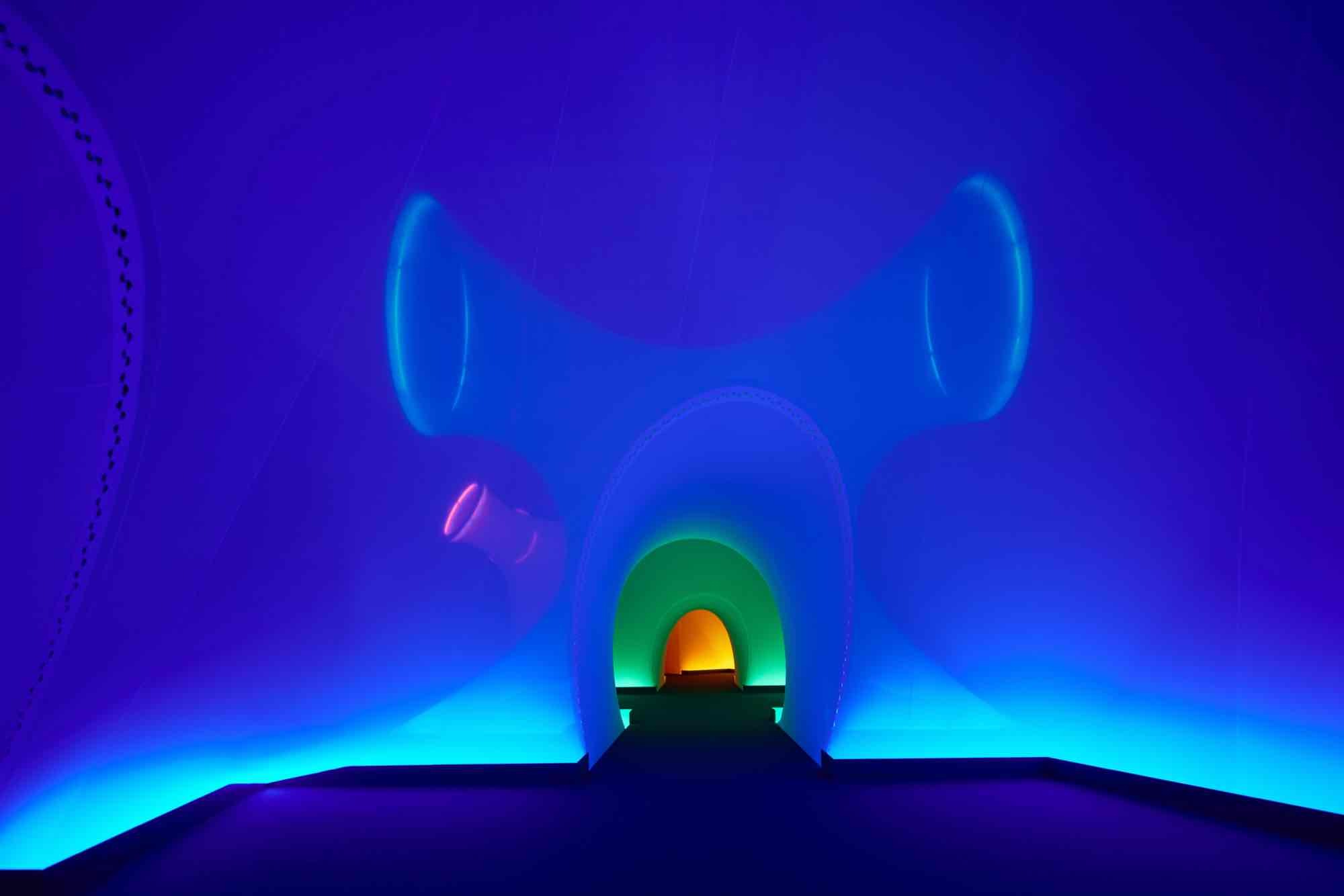
Inside Other Spaces. Environments by Women Artsits 1956–1976 Aleksandra Kasuba: Spectral Passage, 1975 | Installation view Haus der Kunst, 2023
Photo: Agostino Osio
Photo: Agostino Osio

Inside Other Spaces. Environments by Women Artsits 1956–1976 Aleksandra Kasuba: Spectral Passage, 1975 | Installation view Haus der Kunst, 2023
Photo: Agostino Osio
Photo: Agostino Osio
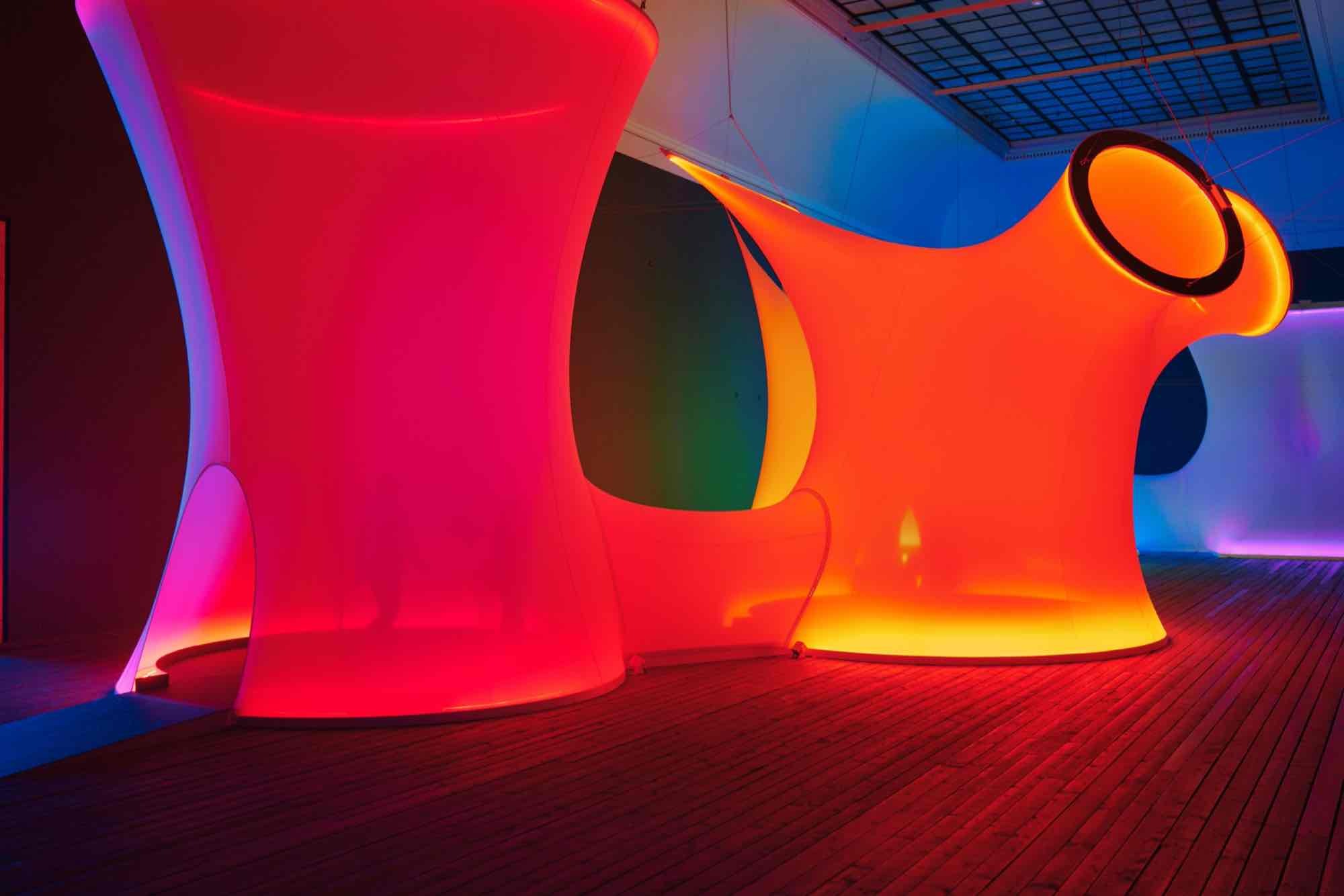
Inside Other Spaces. Environments by Women Artsits 1956–1976 Aleksandra Kasuba: Spectral Passage, 1975 | Installation view Haus der Kunst, 2023
Photo: Constantin Mirbach
Photo: Constantin Mirbach
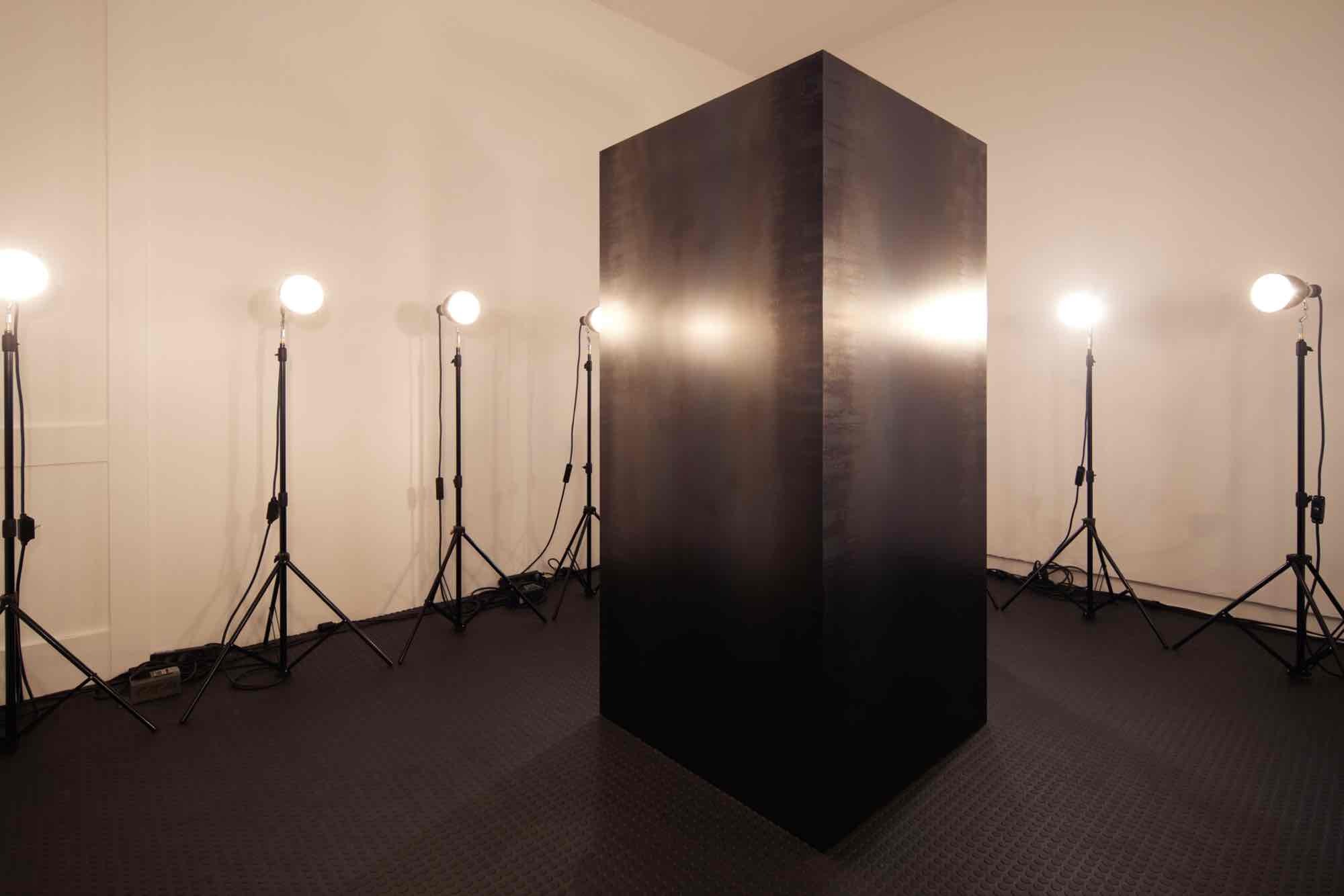
Inside Other Spaces. Environments by Women Artsits 1956–1976 Tania Mouraud: We Used to know, 1970-2023 | Installation view Haus der Kunst, 2023
Photo: Agostino Osio
Photo: Agostino Osio
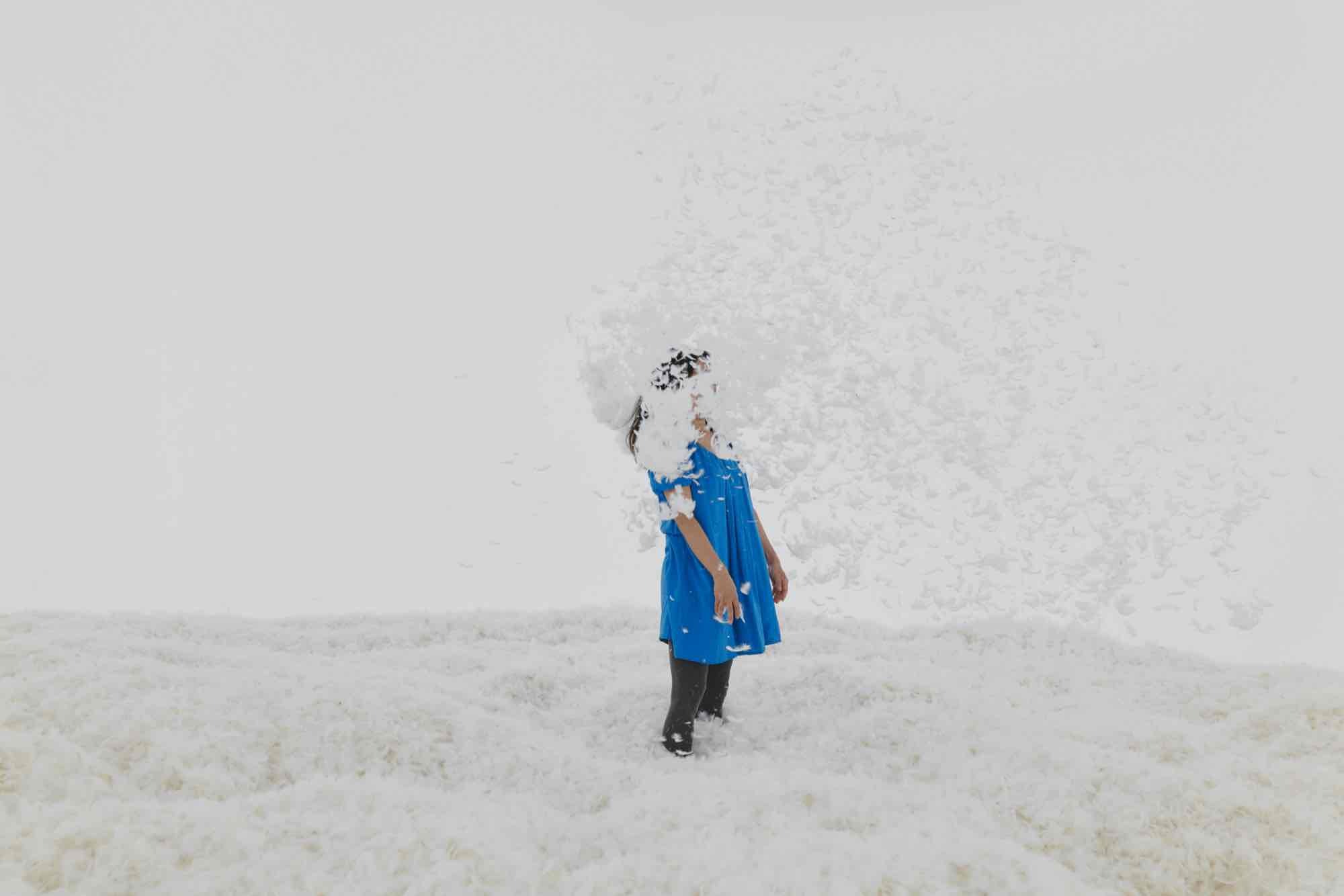
Inside Other Spaces. Environments by Women Artsits 1956–1976 Judy Chicago: Feather Room, 1966–2023 | Installation view Haus der Kunst, 2023
Photo: Constantin Mirbach
Photo: Constantin Mirbach
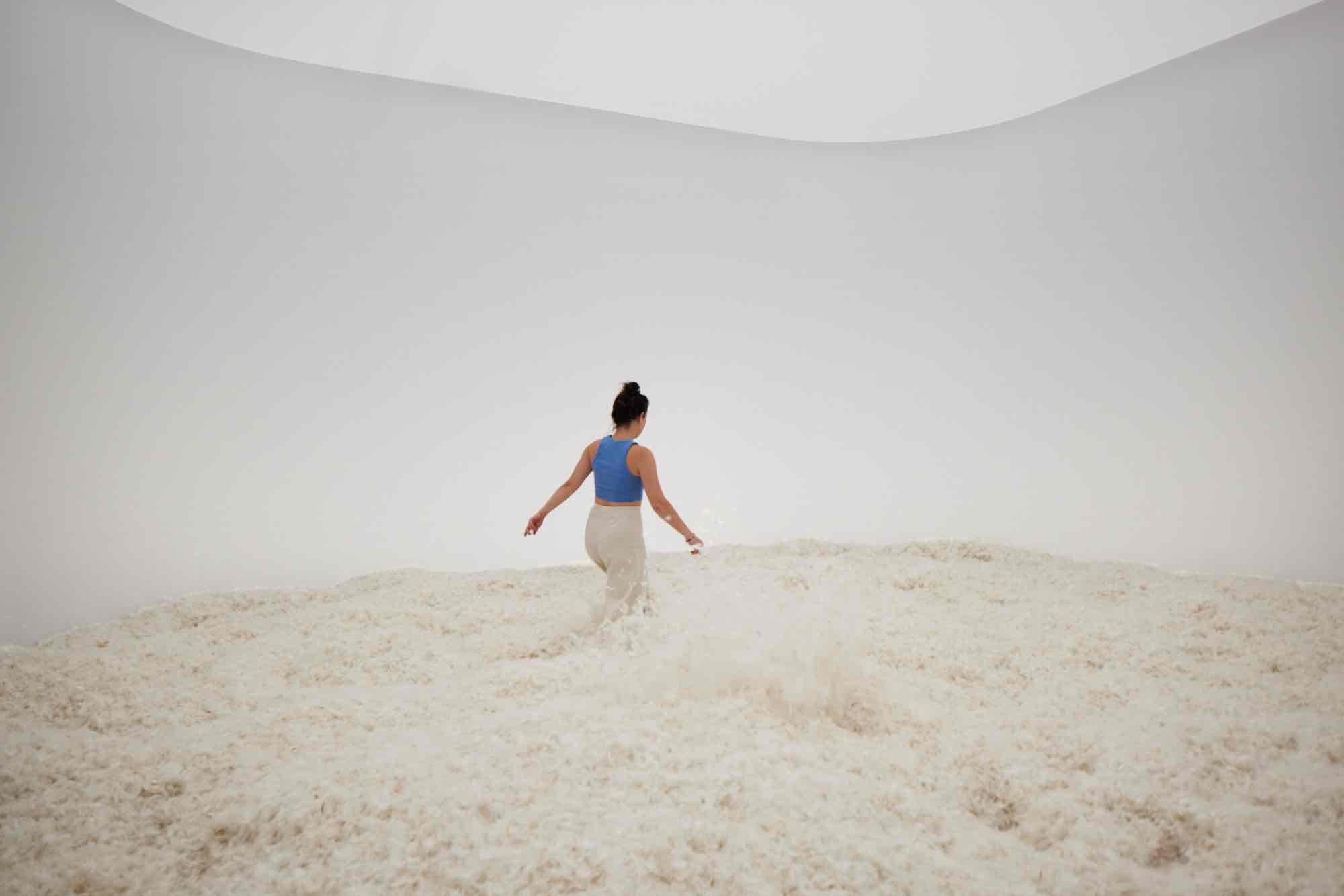
Inside Other Spaces. Environments by Women Artsits 1956–1976 Judy Chicago: Feather Room, 1966–2023 | Installation view Haus der Kunst, 2023
Photo: Agostino Osio
Photo: Agostino Osio
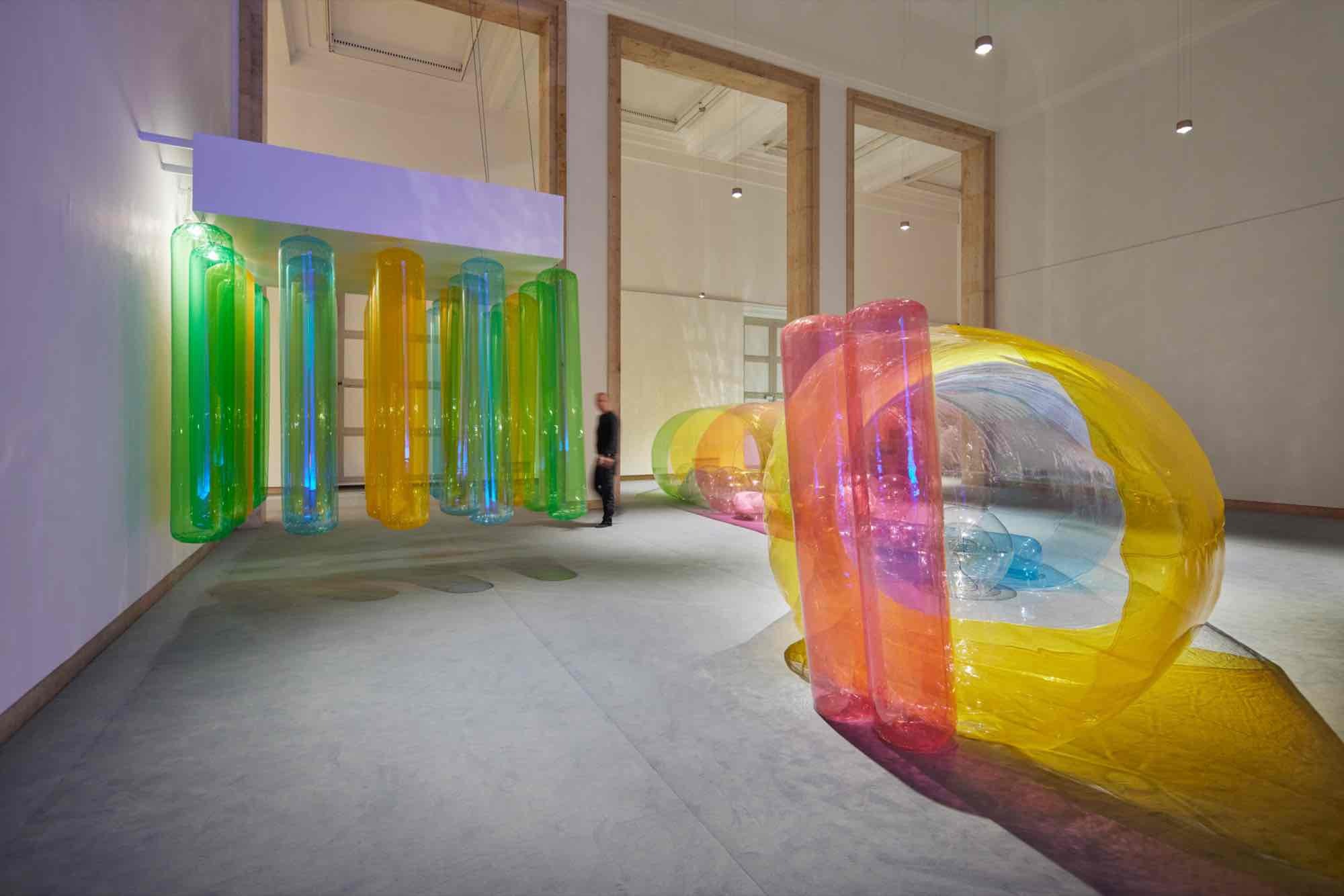
Inside Other Spaces. Environments by Women Artsits 1956–1976 Lea Lublin: Penetración / Expulsión (del Fluvio Subtunal), 1970 | Installation view
Haus der Kunst, 2023
Photo: Agostino Osio
Haus der Kunst, 2023
Photo: Agostino Osio
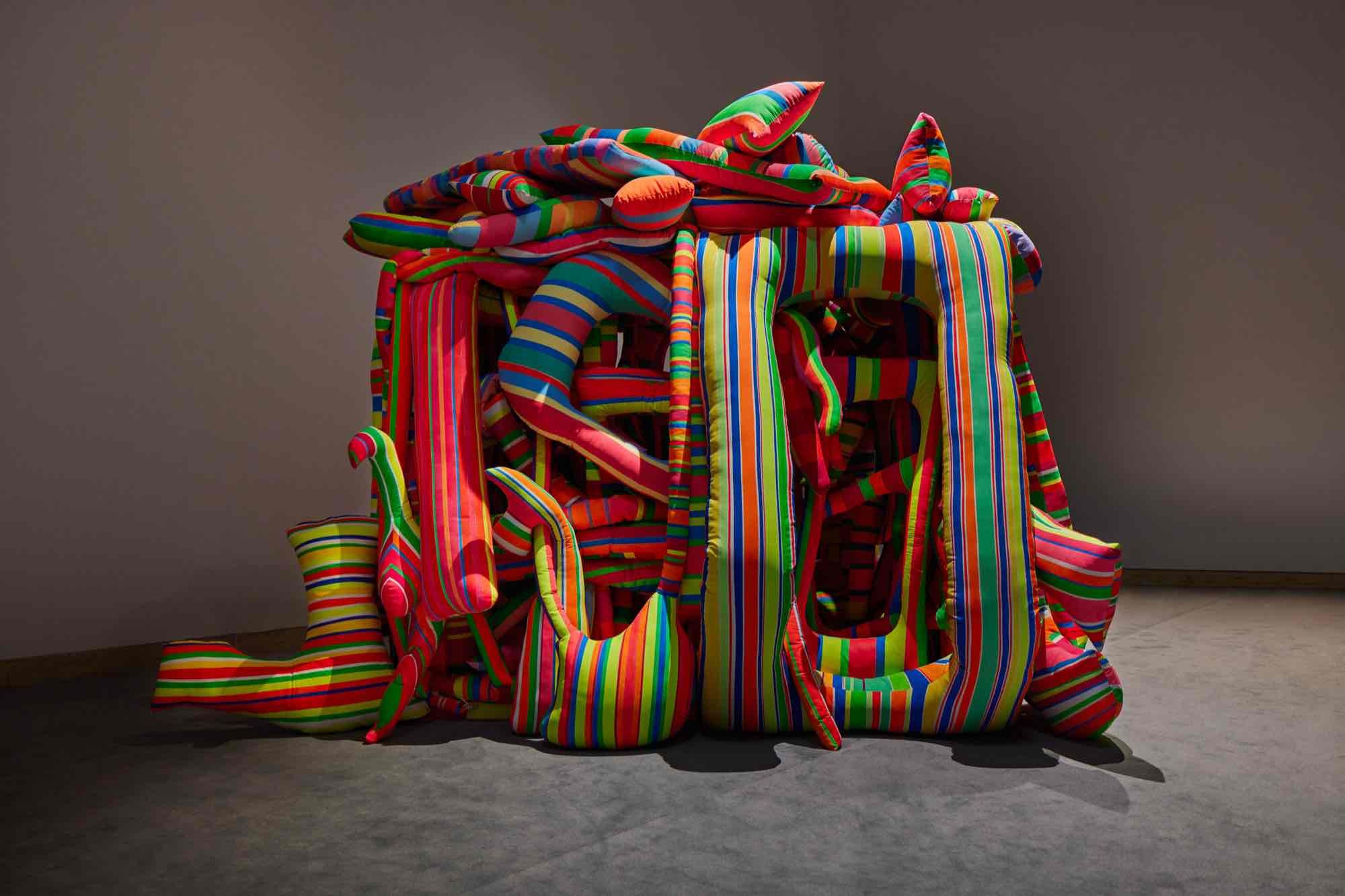
Inside Other Spaces. Environments by Women Artsits 1956–1976 Marta Minujín: ¡Revuélques y viva!, 1964 | Installation view Haus der Kunst, 2023
Photo: Agostino Osio
Photo: Agostino Osio
The group exhibition “Inside Other Spaces. Environments by Women Artists 1956—1976” highlights women’s fundamental contributions to history of environments and presents the work of eleven female artists spanning three generations from Asia, Europe as well as North- and South America: Judy Chicago, Lygia Clark, Laura Grisi, Aleksandra Kasuba, Lea Lublin, Marta Minujín, Tania Mouraud, Maria Nordman, Nanda Vigo, Faith Wilding, and Tsuruko Yamazaki.
The term “environment” goes back to 1949 and was first used by Italian-Argentinian artist Lucio Fontana to describe his experimental new artworks, marked by a progressive and unconventional nature. In fact, environments are at the threshold between art, architecture, and design, they create and transform space. Their immersive and playful character invite the public to enter, engage, and interact with them. They quickly became a major feature in the international art world, yet so far, their historiography centres almost exclusively on the United States, and partially Europe, as well as on the works of male artists. Since most environments were deconstructed right after their display, “Inside Other Spaces” is the first show of its kind ever realised, reconstructing these immersive artworks, with the help of a network of researchers and conservators, and based on archival material and heterogeneous sources such as photographs, architectural plans, articles and reviews. The period goes from Tsuruko Yamazaki’s Red (蚊帳状立体作品) (Shape of Mosquito Net), 1956, up to 1976, the first historic review of environments, in the exhibition “Ambiente/Arte” by curator Germano Celant at the XXXVII Venice Biennale. The outcome of a three-year research process, the exhibition aims to signpost a different historiography, allowing for multiple, delocalised narratives through the lens of women artists, thereby bridging the gap between then and now.
“Inside Other Spaces” looks to re-examine stories and histories and to highlight those that are missing from historic narratives. The exhibition reframes the artistic canon by presenting women’s fundamental role in the development of environments, which have gone on to have a lasting impact in the field of visual art.
Curated by Andrea Lissoni and Marina Pugliese with Anne Pfautsch.
The term “environment” goes back to 1949 and was first used by Italian-Argentinian artist Lucio Fontana to describe his experimental new artworks, marked by a progressive and unconventional nature. In fact, environments are at the threshold between art, architecture, and design, they create and transform space. Their immersive and playful character invite the public to enter, engage, and interact with them. They quickly became a major feature in the international art world, yet so far, their historiography centres almost exclusively on the United States, and partially Europe, as well as on the works of male artists. Since most environments were deconstructed right after their display, “Inside Other Spaces” is the first show of its kind ever realised, reconstructing these immersive artworks, with the help of a network of researchers and conservators, and based on archival material and heterogeneous sources such as photographs, architectural plans, articles and reviews. The period goes from Tsuruko Yamazaki’s Red (蚊帳状立体作品) (Shape of Mosquito Net), 1956, up to 1976, the first historic review of environments, in the exhibition “Ambiente/Arte” by curator Germano Celant at the XXXVII Venice Biennale. The outcome of a three-year research process, the exhibition aims to signpost a different historiography, allowing for multiple, delocalised narratives through the lens of women artists, thereby bridging the gap between then and now.
“Inside Other Spaces” looks to re-examine stories and histories and to highlight those that are missing from historic narratives. The exhibition reframes the artistic canon by presenting women’s fundamental role in the development of environments, which have gone on to have a lasting impact in the field of visual art.
Curated by Andrea Lissoni and Marina Pugliese with Anne Pfautsch.
